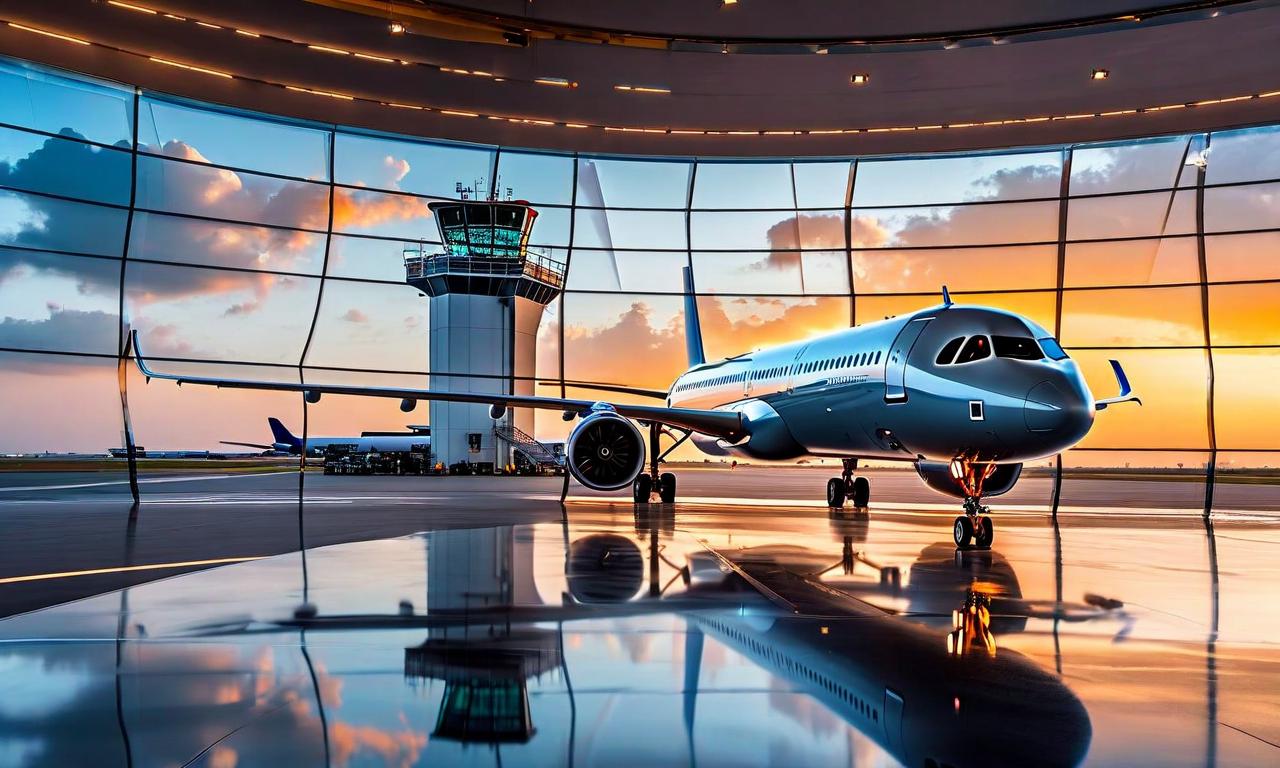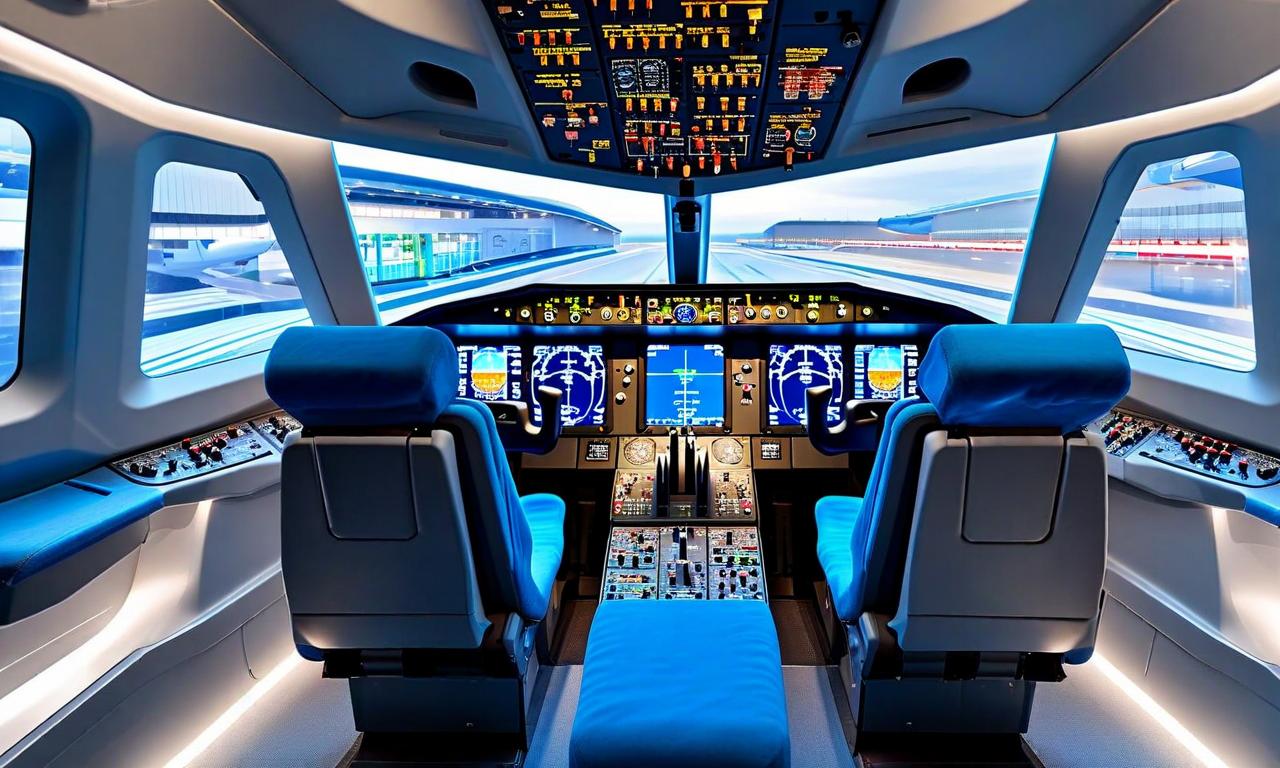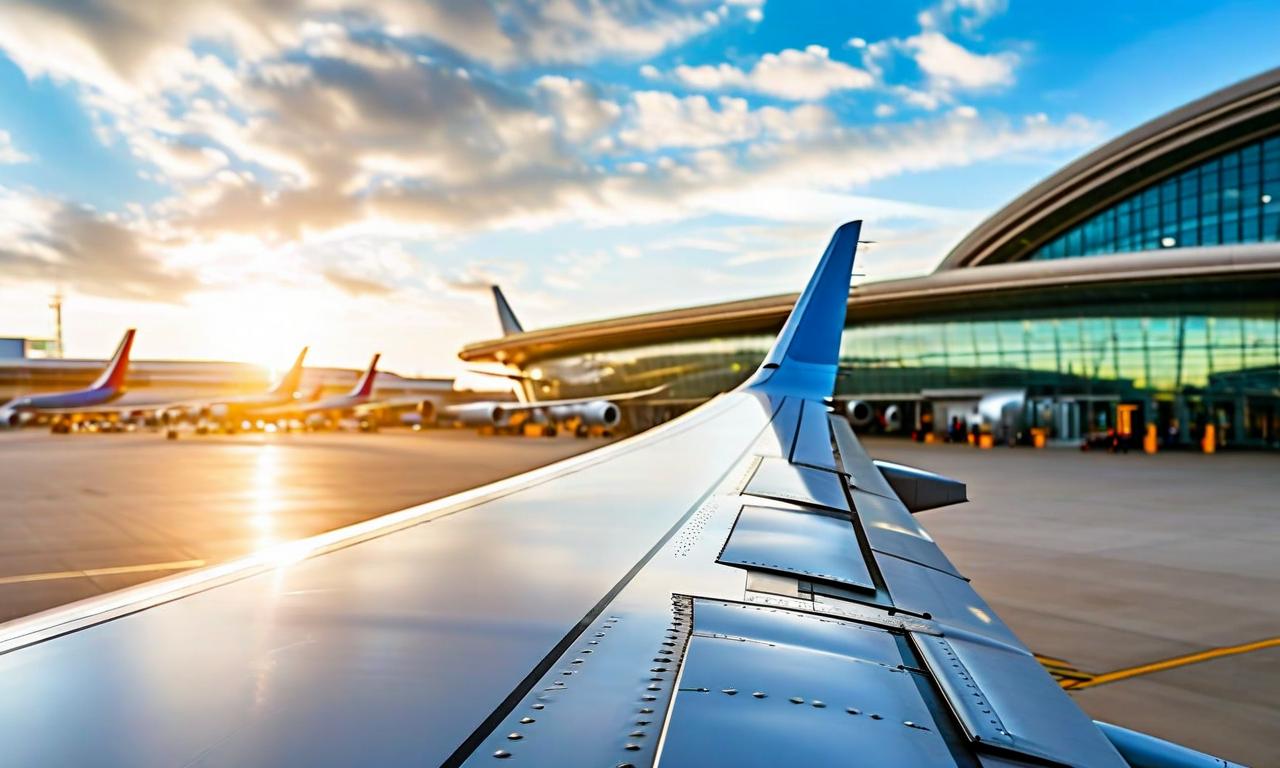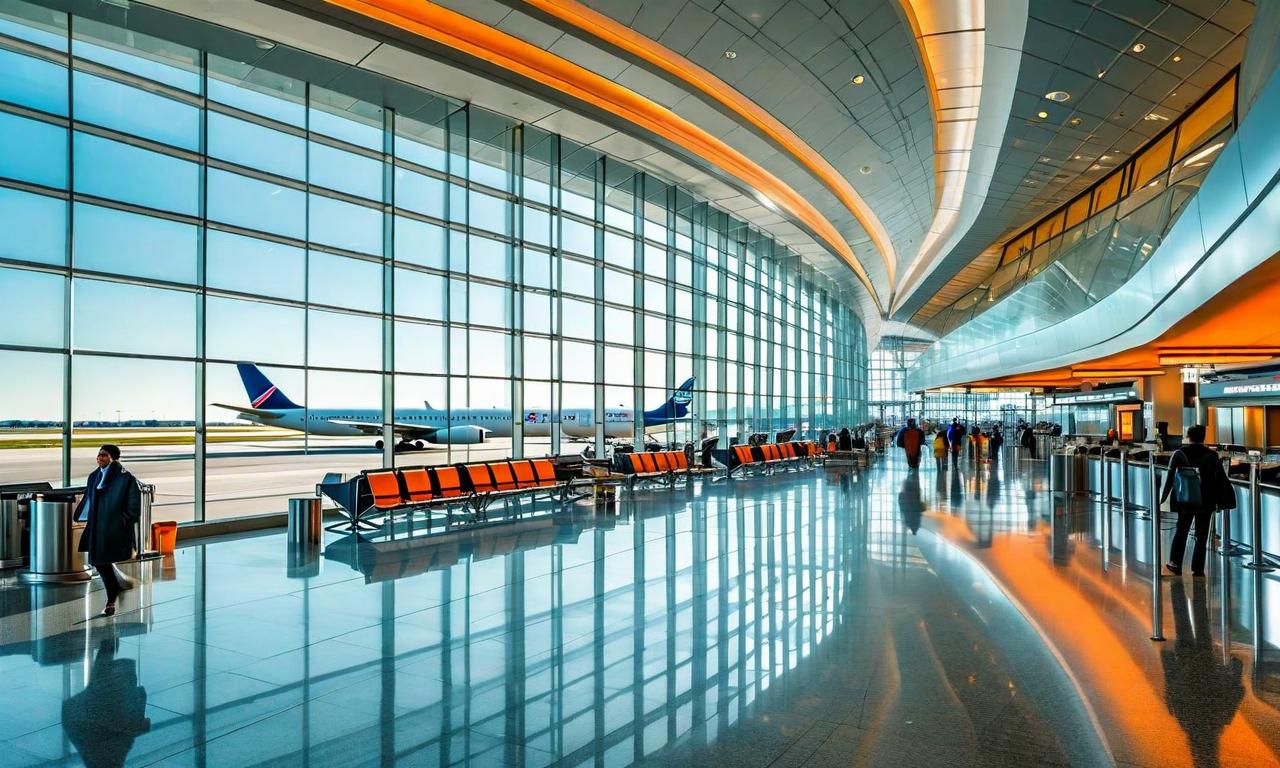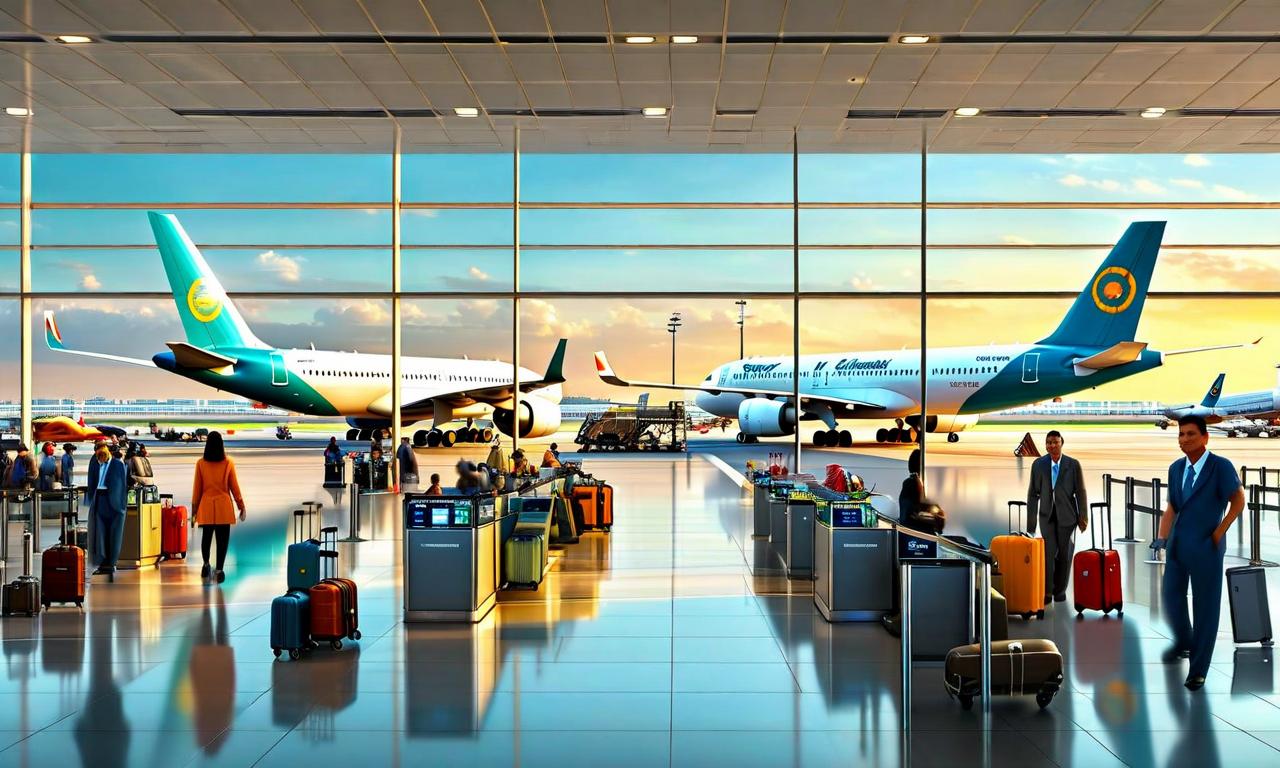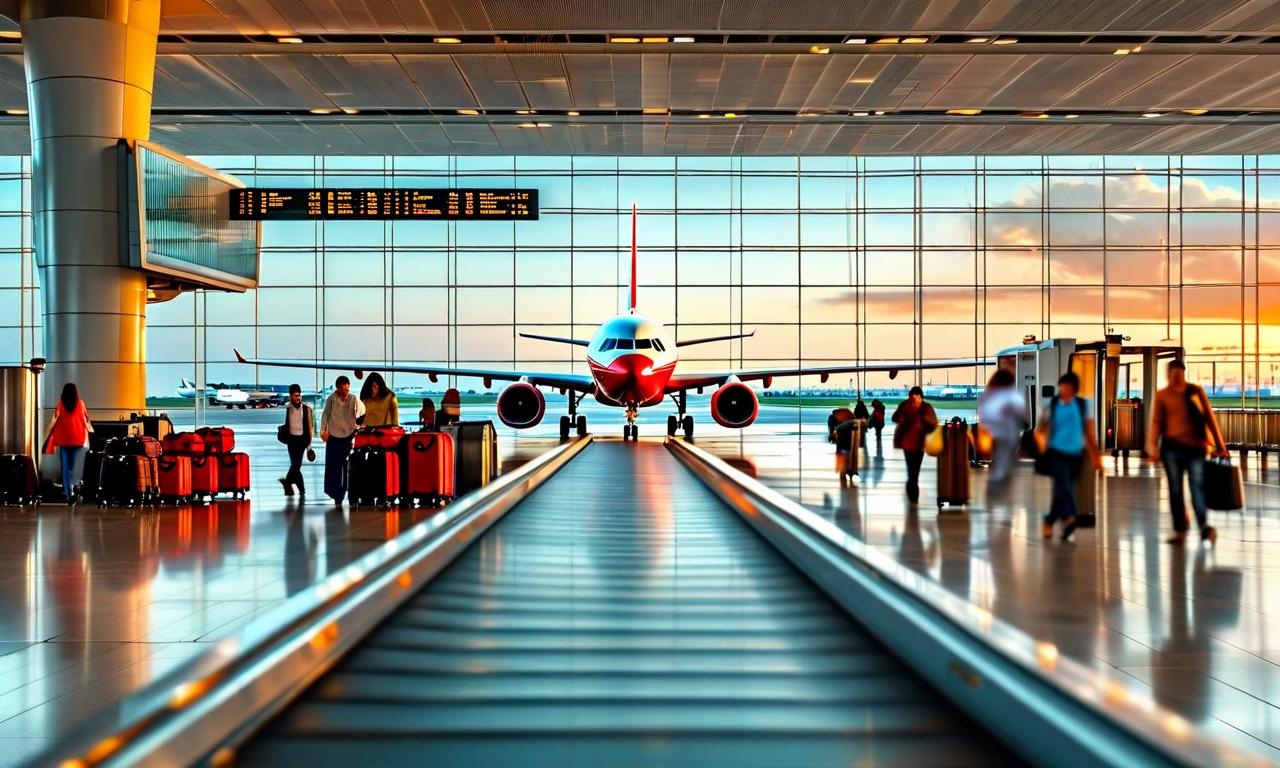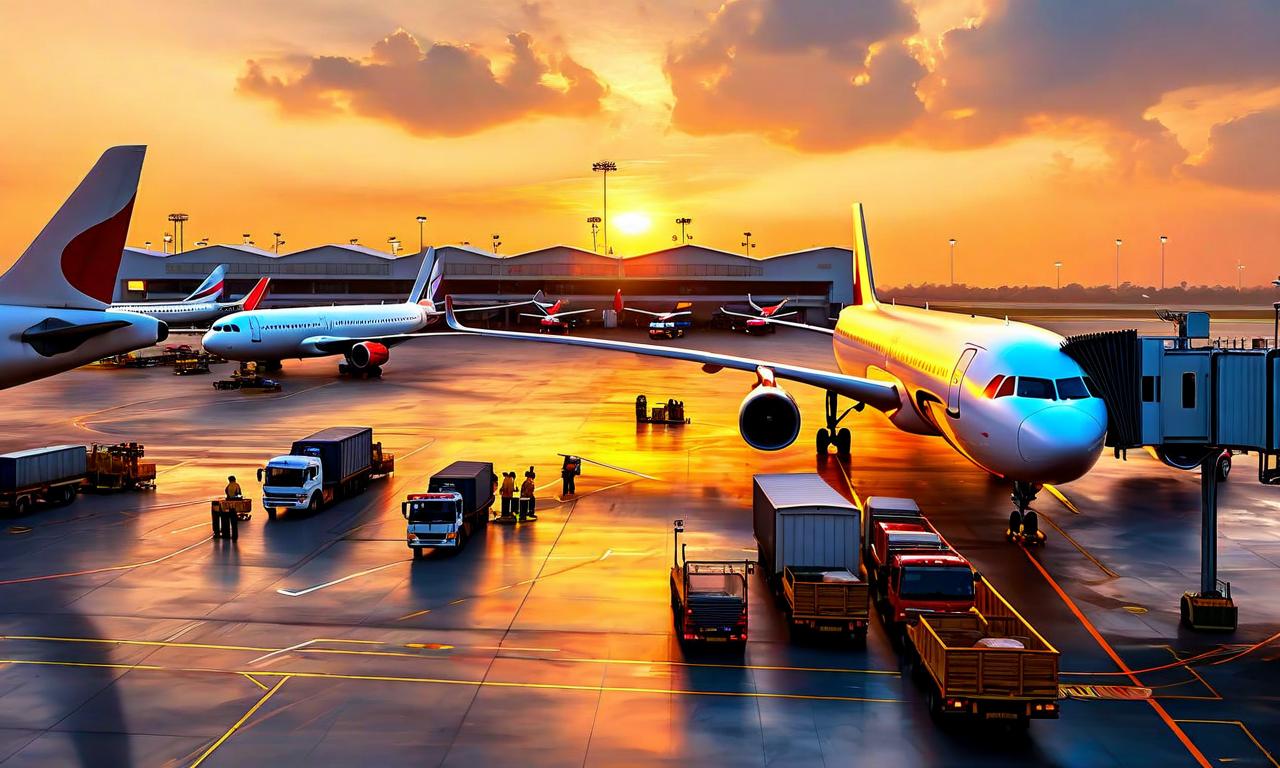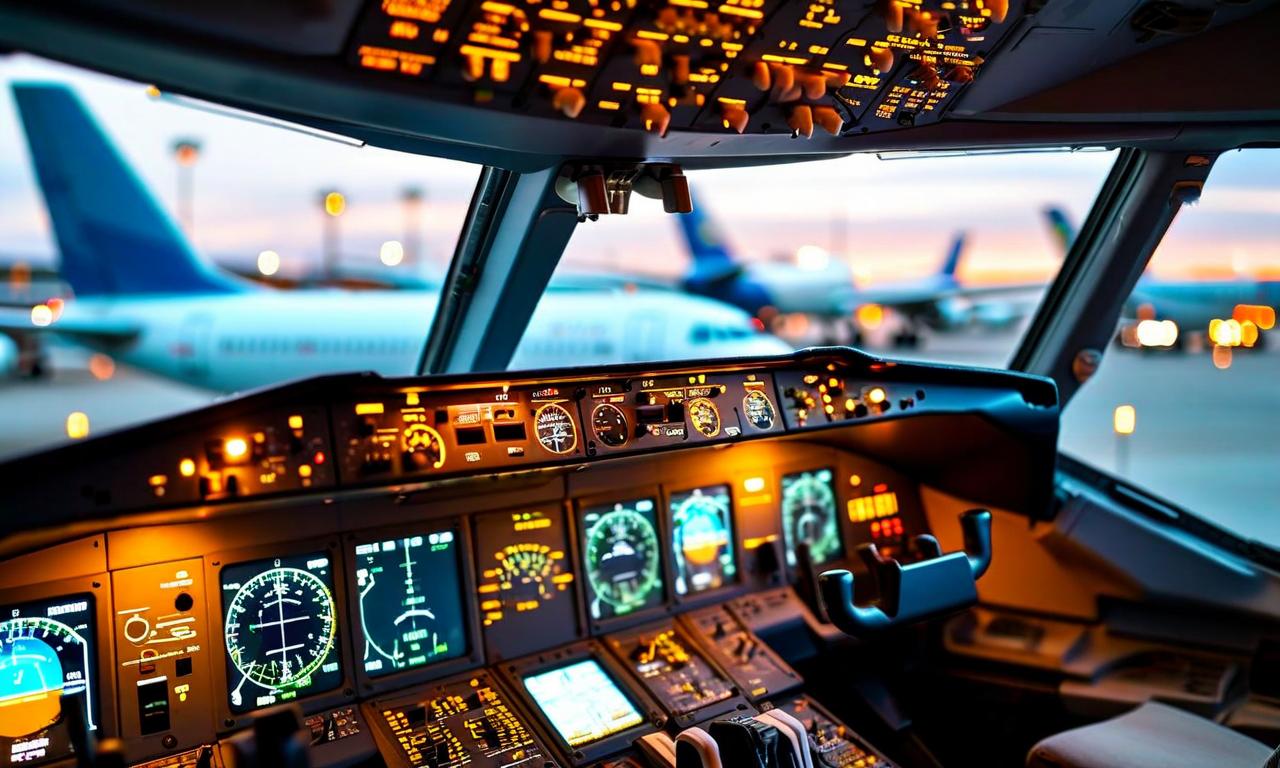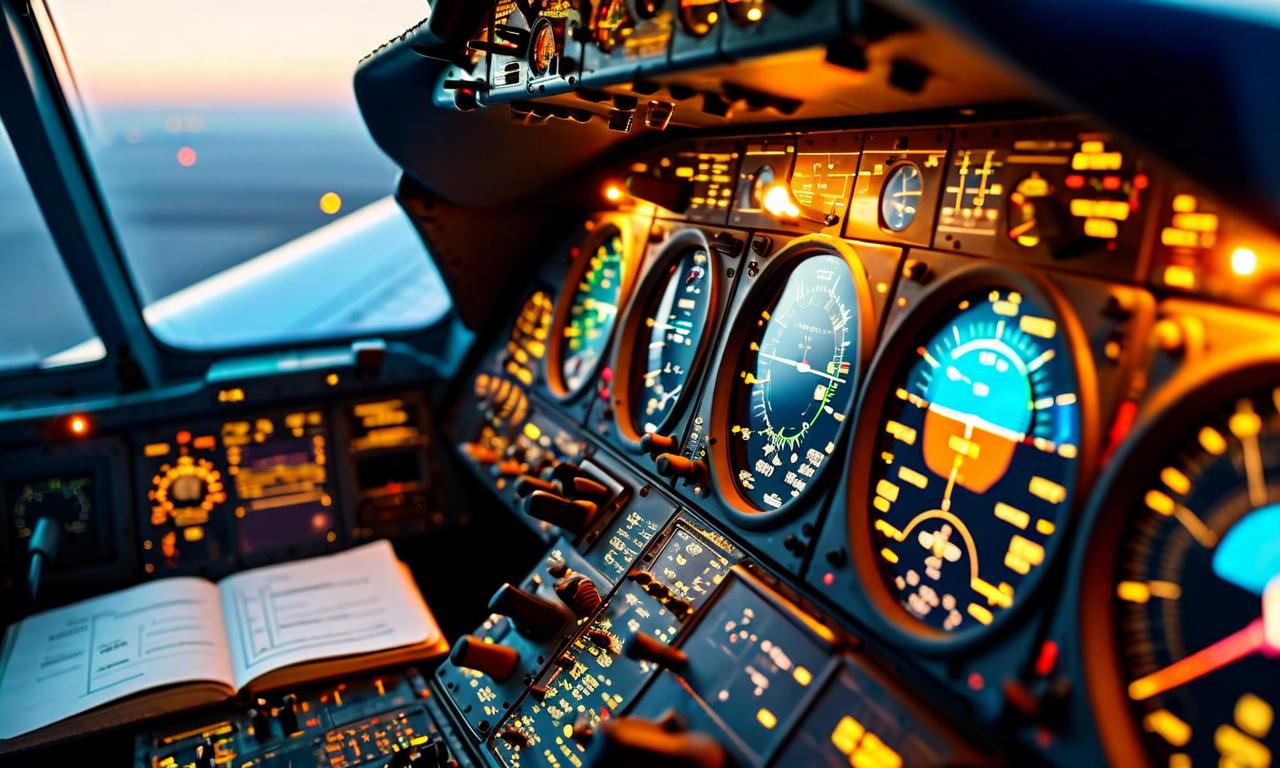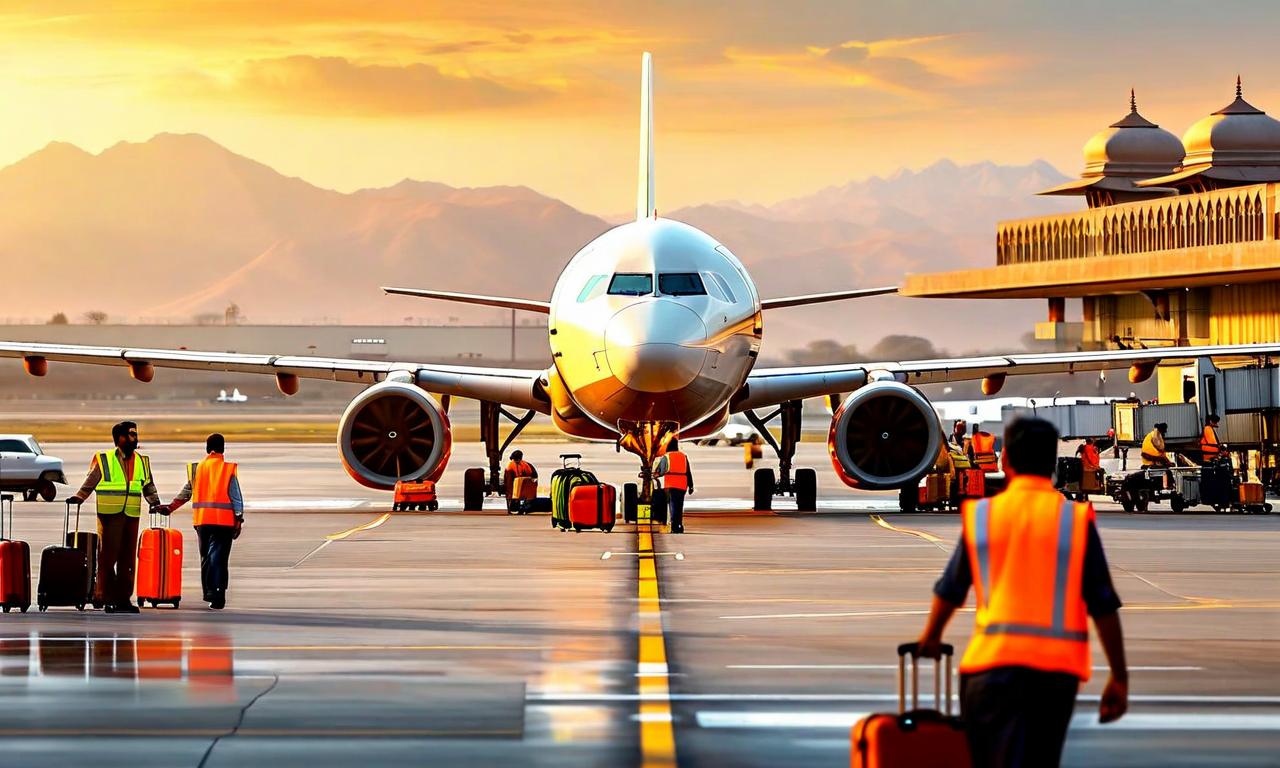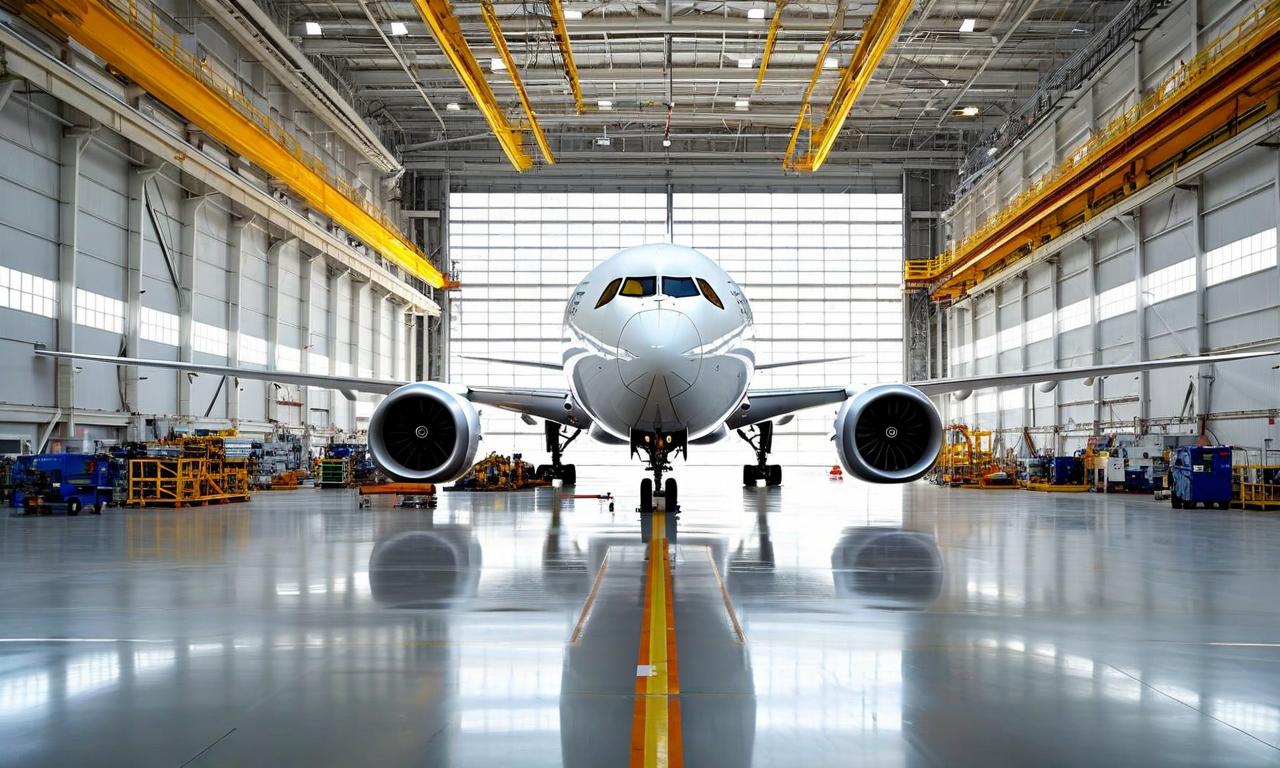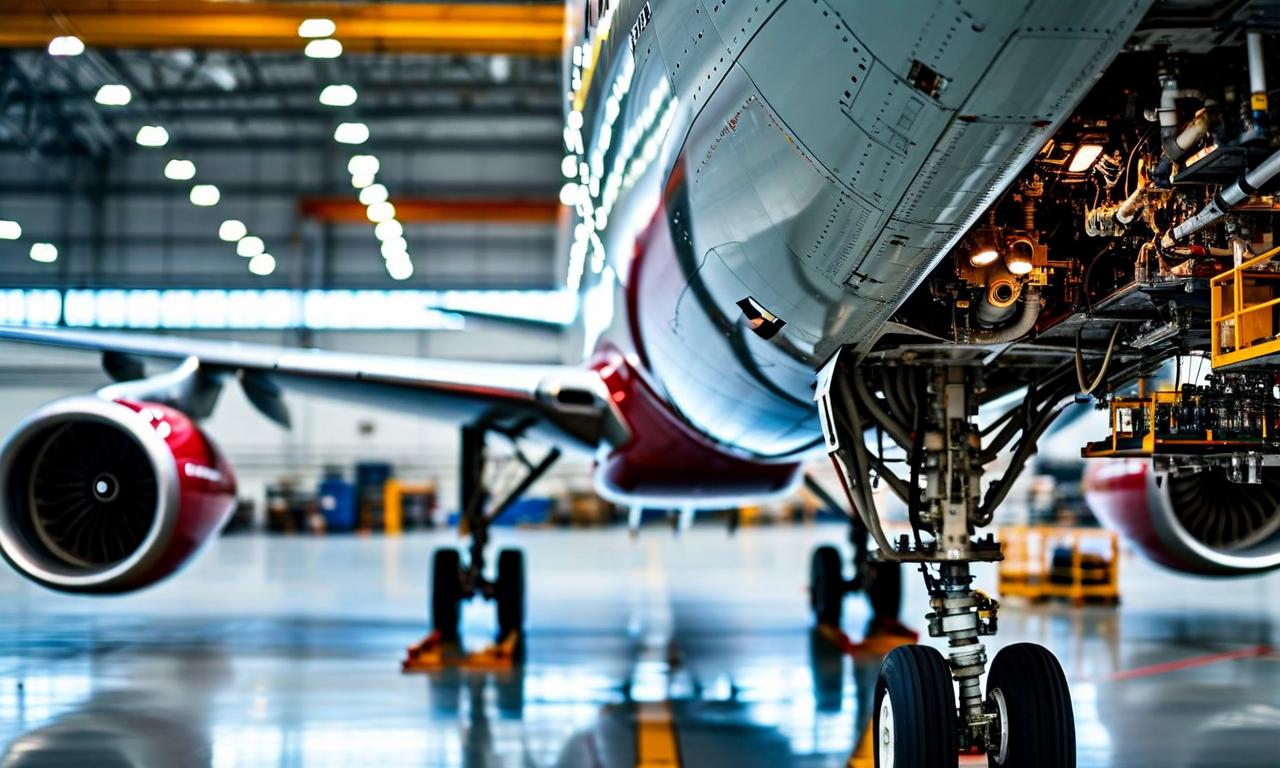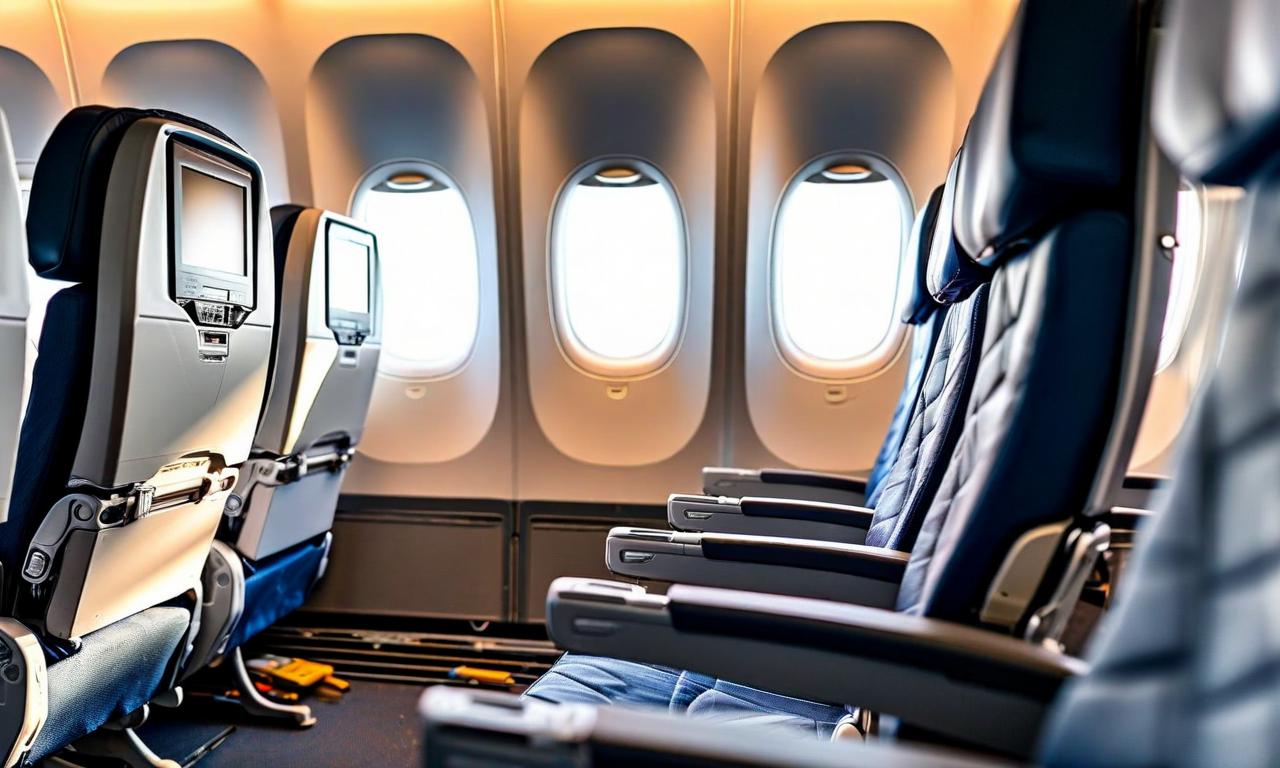Pilots' Federation Urges DGCA to Inspect All Boeing 787 Aircraft After Air India Incident
The Federation of Indian Pilots (FIP) has requested the DGCA to conduct thorough electrical system inspections on all Boeing 787 aircraft in India following an incident with an Air India flight. On October 4, an Air India Boeing 787's emergency Ram Air Turbine deployed unexpectedly during landing at Birmingham airport due to a fault in the Bus Power Control Unit. FIP President G.S. Randhawa linked this to the Air India Flight AI171 crash in June, which involved the same aircraft model. The FIP emphasized the need for comprehensive safety checks, noting that previous DGCA inspections were limited to fuel control switches.
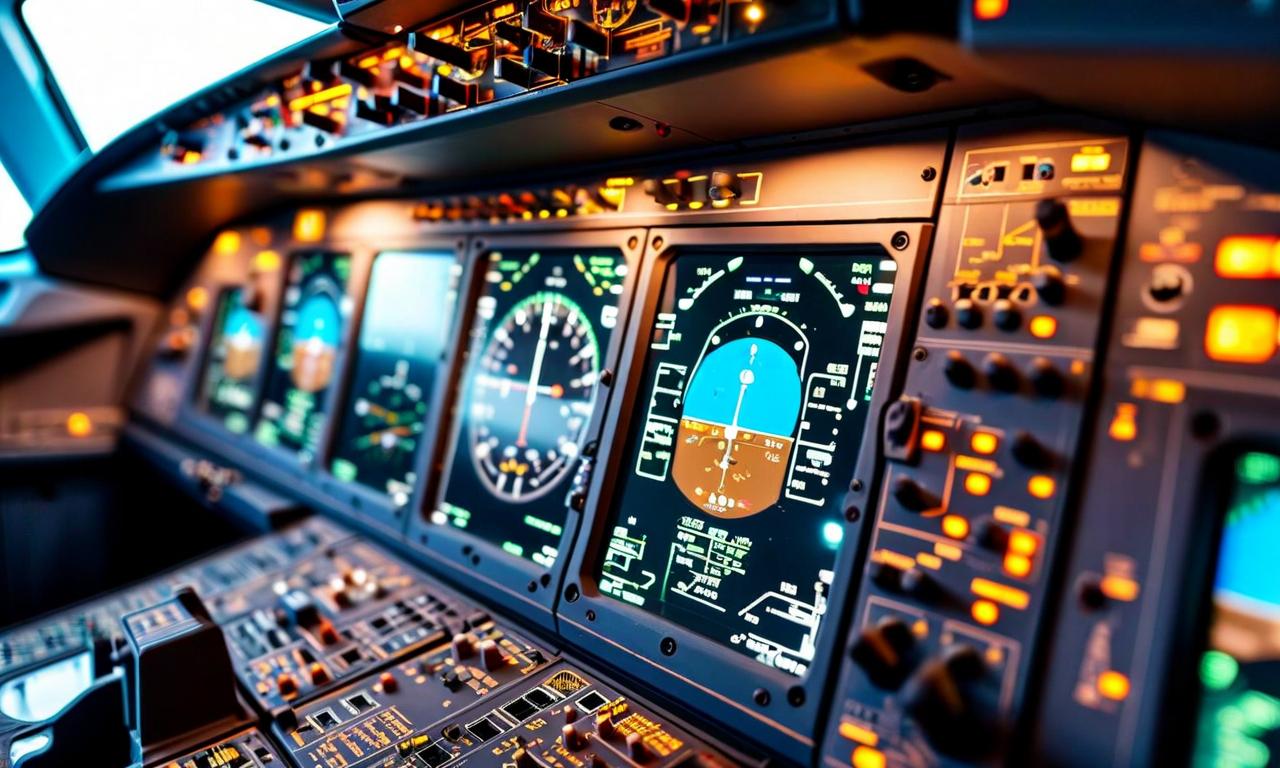
*this image is generated using AI for illustrative purposes only.
The Federation of Indian Pilots (FIP) has called on the Directorate General of Civil Aviation (DGCA) to conduct thorough electrical system inspections across all Boeing 787 aircraft operating in India. This request comes in the wake of a recent incident involving an Air India flight.
The Incident
On October 4, an Air India Boeing 787 experienced an unexpected deployment of its emergency Ram Air Turbine during landing at Birmingham airport. The Aircraft Health Monitoring system detected a fault in the Bus Power Control Unit, which is responsible for managing the aircraft's electrical power systems. While the aircraft landed safely, Air India grounded it for inspection and cancelled the return flight.
FIP's Concerns
FIP President G.S. Randhawa drew a connection between this incident and the tragic Air India Flight AI171 crash on June 12, which involved the same aircraft model and resulted in 260 fatalities. The pilots' group noted that following the AI171 crash, the DGCA's inspection was limited to fuel control switches rather than encompassing the entire electrical system.
Preliminary Findings
The Aircraft Accident Investigation Bureau's (AAIB) preliminary report on the AI171 crash indicated that both engines lost fuel supply within seconds of takeoff, leading to confusion in the cockpit. This finding underscores the importance of comprehensive safety checks and inspections.
Implications for Aviation Safety
This incident highlights the critical need for thorough and regular safety inspections in the aviation industry. The FIP's call for comprehensive electrical system checks across all Boeing 787 aircraft in India emphasizes the importance of proactive safety measures.
| Aspect | Details |
|---|---|
| Aircraft Involved | Boeing 787 |
| Incident Date | October 4 |
| Location | Birmingham airport |
| Issue Detected | Fault in Bus Power Control Unit |
| Safety Measure Deployed | Emergency Ram Air Turbine |
| FIP's Request | Comprehensive electrical system inspections |
| Previous Related Incident | Air India Flight AI171 crash (June 12) |
The aviation industry and regulatory bodies must prioritize passenger safety by ensuring rigorous inspections and maintenance protocols. As this situation develops, it will be crucial to monitor the DGCA's response and any subsequent actions taken to address these safety concerns.
